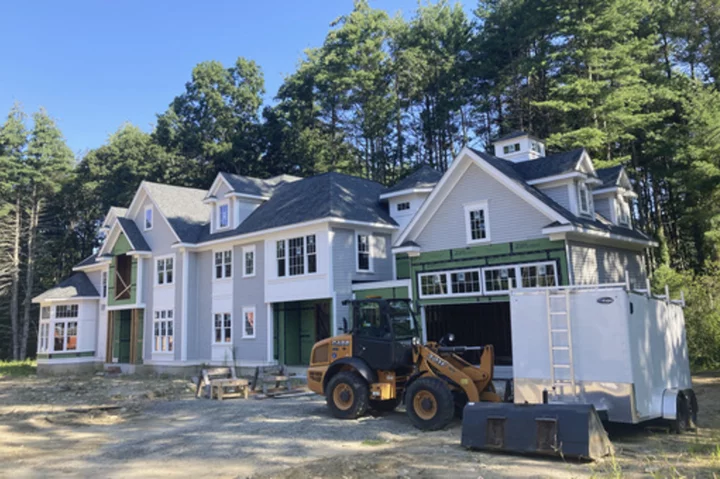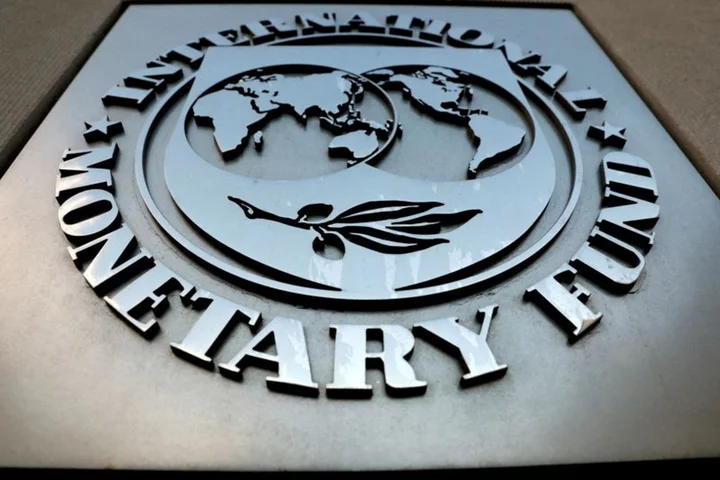LOS ANGELES (AP) — The average long-term U.S. mortgage rate rose this week to just under 7%, the latest setback for would-be homebuyers already facing affordability challenges due to a housing market limited by a shortage of homes for sale.
Mortgage buyer Freddie Mac said Thursday that the average rate on the benchmark 30-year home loan rose to 6.96% from 6.90% last week. A year ago, the rate averaged 5.22%.
It’s the third consecutive weekly increase for the average rate, which now matches its high for the year set on July 13. High rates can add hundreds of dollars a month in costs for borrowers, limiting how much they can afford in a market already unaffordable to many Americans.
“There is no doubt continued high rates will prolong affordability challenges longer than expected, particularly with home prices on the rise again," said Sam Khater, Freddie Mac’s chief economist. "However, upward pressure on rates is the product of a resilient economy with low unemployment and strong wage growth, which historically has kept purchase demand solid.”
The average rate on a 30-year mortgage remains more than double what it was two years ago, when it was just 2.87%. Those ultra-low rates spurred a wave of home sales and refinancing. The sharply higher rates now are contributing to a dearth of available homes, as homeowners who locked in those lower borrowing costs two years ago are now reluctant to sell and jump into a higher rate on a new property.
The lack of housing supply is also a big reason home sales are down 23% through the first half of this year.
The latest increase in rates follows an uptick in the 10-year Treasury yield, which climbed to 4.19% last week, it's highest level since early November. The yield, which lenders use to price rates on mortgages and other loans, was at 4.02% in midday trading Thursday.
High inflation drove the Federal Reserve to raise its benchmark interest rate 11 times since March 2022, lifting the fed funds rate to the highest level in 22 years. Inflation has come down steadily since last summer, and many analysts believe the Fed has reached the end of its rate hikes.
Mortgage rates don’t necessarily mirror the Fed’s rate increases, but tend to track the yield on the 10-year Treasury note. Investors’ expectations for future inflation, global demand for U.S. Treasurys and what the Fed does with interest rates can influence rates on home loans.
The average rate on 15-year fixed-rate mortgages, popular with those refinancing their homes, rose to 6.34% from 6.25% last week. A year ago, it averaged 4.59%, Freddie Mac said.









